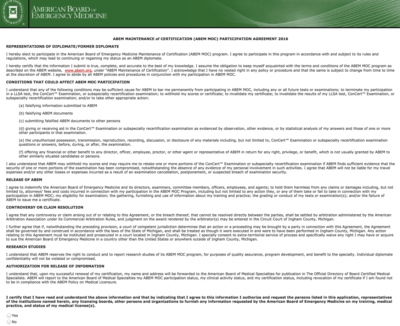All the articles about cancelled Individual Insurance plans have some variation of this spin in them:
For some who have received the letters, the new plans being offered are more expensive, but for others — especially those who qualify for a federal subsidy to bring down the cost of the premium — their insurance bill will go down.
via Canceled health insurance plans add to angst of change | Local News | The Seattle Times.
Emphasis added.
Here’s the thing: people (like me) in the Individual market don’t have IBM or Exxon sitting across the table from an insurance company, dealing from a position of some strength. We’re individuals. We’re independent Contractors (me), self employed and scraping by, or doing well. We looked at our options, bought plans we could afford, and realized there are tradeoffs from a cost/benefits standpoint. Not a lot of people in that group bought a soup-to-nuts expensive plan (some did, most don’t).
The emphasized thing above is pure spin on the part of the writers. I have no doubt they’ve been told this over and over, but I have yet to see one article about someone in the Indy market that got a ‘better’ plan that dropped in price. There will be a few, but most if not all will see their costs go up.
Just so you see it for what it is.




Lost in all of this is; who pays for the subsidy? We do. There has been a rather flip response by many in the media driven by the WH that almost everyone will qualify for a subsidy and their insurance cost will decline. This may be true for their target group, but for many working American’s they will not qualify and have, and will see, their taxes go up.
Many stealth taxes have gone into effect such as the device tax. The simple reality is that general taxes will need to be raised to maintain this program and the structure is such that will be the next President’s job. Assuring you legacy is not doing a great job, but making the other guy look bad.
The simple reality is that we spend twice as much as other countries on our medical care. Thus we could treat all American’s if we redistributed the money already in the system, not create new programs and increase spending.
We do have a problem with those seeking medical care who cannot afford it, but this approach will only increase cost. We need a better system.
Steve Lucas
Well, the Unsubsidized cost will undoubtably go down for those in the individual market whose rates were inflated because of pre-existing conditions, as they will now be eligible for community rating. That’s estimated at a third of the people currently in the individual market, IIRC. And of course the individual market will now be open to the many many people who are currently excluded because of pre-existing conditions and unaffordability. So while not every person in the individual market will be a “winner” under this policy, the overall balance is net positive regarding both cost and access … And the calculus is much more positive when you do factor in the subsidies.
Oh yeah, and the initial premiums are a bit inflated, deliberately, as the actuaries aren’t certain how to price this new risk pool. If the Medical Loss Ratio falls short of the required 80-85%, you’ll get a nice refund check. So you got that going for you, which is nice.
I don’t think anyone understands how insurance works. I wouldn’t blame the insurers to offer to extend policies only for profitable customer policies to try to make up for the mangled marketplace insurance pools.